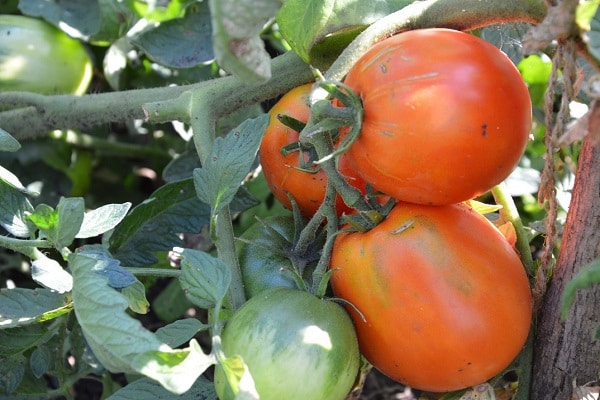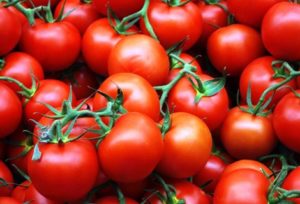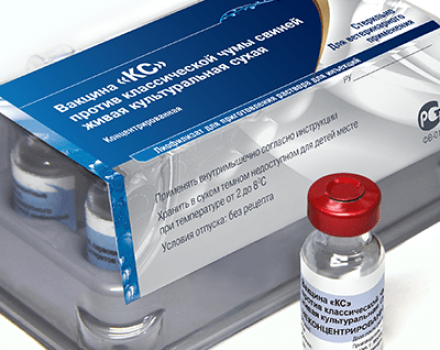Description of the Zlatov tomato variety, its characteristics and cultivation
Zlatov's tomato belongs to the varieties of hybrids that have an unusual color of tomato in the form of an orange with a yellowish tint. The culture belongs to a variety of universal species, since it can be grown in street and greenhouse conditions. The highest yields are achieved when grown in closed structures.
The culture belongs to varieties with an average ripening period. The bushes can grow up to 1.5 m in height. It is recommended to form shoots into 1 or 2 main stems. The plant, due to its high size, needs to be tied up and periodically pinned.

Features of fruits
In section, the fruits have a reddish pulp. The average weight of a tomato is 100 grams. The fruits are round and contain few seeds.
Description of the advantages of the hybrid variety:
- resistance to most tomato diseases;
- high yields regardless of environmental conditions;
- good ability to tolerate mechanical damage, tomatoes well tolerate difficult conditions for long-term transportation;
- the ability to use fresh and for canning.

Gardeners' reviews confirm the characteristics of the variety in the form of good taste and juicy tomato pulp. Tomatoes are ideal for fresh use in salads, as an ingredient in first and second courses.
Planting recommendations
Culture involves the use of a seedling growing method. It is recommended to disinfect the seeds before planting. When using used containers, it is recommended to pre-process it, which will reduce the risk of disease in seedlings.

Sowing of planting material is carried out from the end of March to April. The plant is demanding on the sufficiency of sunlight, the amount of which will determine the height and health of the seedlings. For planting, choose soil with a high content of peat, the amount of which should be at least 40%. The soil requires a large amount of mineral components and trace elements.
When using land from a personal plot, it must be pre-processed in the form of steaming or roasting.
It is recommended to place drainage material in the planting container at the bottom, which will remove excess moisture and prevent root rot. To do this, you can use fine charcoal with pieces of no more than 6 cm, which is mixed with the ground. Sowing seeds is carried out with a distance of 3 cm. After planting, the soil is treated with a weak solution of potassium humate using a sprayer.

After planting the seeds, the containers are placed in a dry room and the temperature is maintained within 30 C... The first shoots appear on the 10th day. Seedlings must be provided with a sufficient amount of light, otherwise they will stretch and thin out. The temperature regime during the growing up of seedlings is 20 C.
Planting recommendations
Before planting in a place of constant growth, the seedlings are hardened. To do this, a "hard" temperature regime is provided for 2 hours a day, reducing it at night by 15 C, at night up to 8 C... Seedlings are ready for planting on the 55th day from the moment of emergence.

The soil is pre-prepared before planting. To do this, the following components are added for each meter:
- 55 grams - superphosphate;
- 55 grams - potassium sulfate;
- 50 grams - ammonium sulfate.
Planting is carried out at an air temperature of at least 13 C... The recommended furrow width is 45 cm, planting is carried out at a depth of 20 cm. Before planting, it is recommended to fertilize the grooves with Fitosporin or Baikal. Before planting, the seedlings are not watered for 2 days, but they are abundantly moistened 30 minutes before transplanting. The first watering is carried out after 10 days. Further care involves standard cultivation techniques. A couple of weeks before ripening, they stop feeding the bushes with fertilizers.









